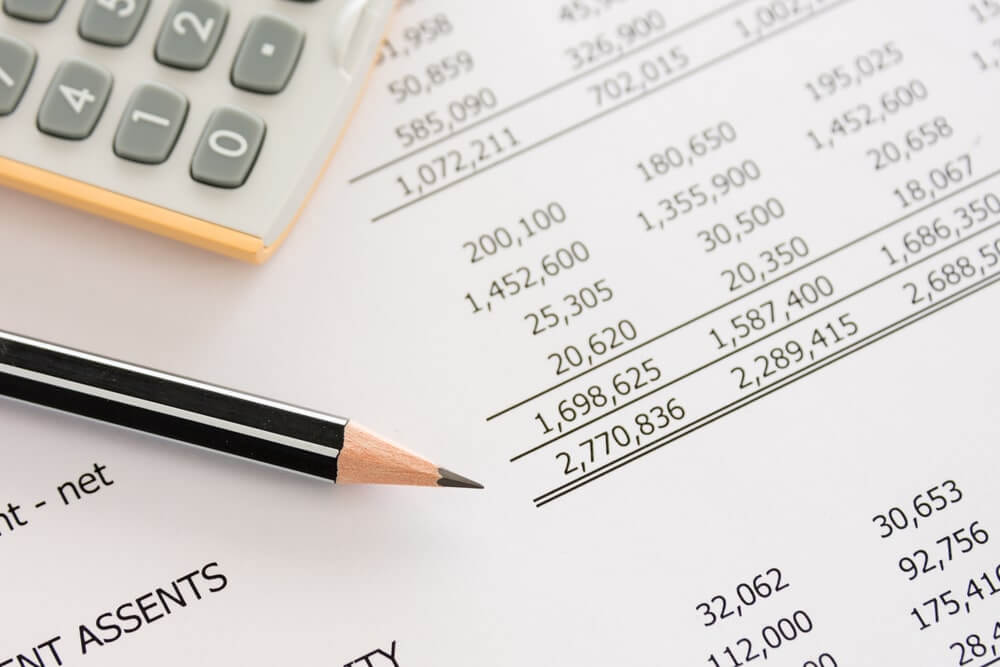In the previous lesson, we have understood the fundamentals of margin/leverage trading. In this lesson and the following few lessons, we shall be discussing different terms related to margin and margin account. And in this lesson, we will primarily talk about balance and also a brief description of the concept of rollover in Forex.
What is Balance?
Balance is the most basic term used in any type of account. Be it a regular savings account, a Demat account, or a margin account. The meaning of balance remains the same in the margin account as well, just like other account types.
Balance in a margin trading account is the amount of capital deposited by the user to his/her trading account. For example, if a trader deposits $1,000 to their margin trading account, then their balance would be equal to $1,000. This is the amount used for taking positions in the market. Apart from that, it is used up for other stuff as well, which will be discussed in the next sections of this article.
Another vital point to note here is that the balance amount is not affected when a trader enters a trade or when a position is open. The balance gets updated only after the trade is closed (rollover fee is an exception).
When does the balance gets affected?
The balance in a margin account is affected in the following ways:
- When cash is deposited to the margin account.
- When an open position is squared off (closed).
- When open positions are kept overnight, so, though positions are open, funds will be debited from or credited to the margin account. And this fee is referred to as the rollover fee.
What is Rollover in trading?
The concept of rollover is not a term that comes under a margin account. However, since this term is closely related to balance, it shall be discussed in this lesson.
As the name pretty much suggests, rollover is the process of shifting an open position from one trading day to another. This is a process that is done automatically by the brokers. As far as the internal working of rollover is concerned, the brokers close a position at the end of the trading day and simultaneously open a new position (at the closing price) the next trading day.
For this rollover to be done, brokers charge a fee called ‘swap.’ This is where the balance comes into the picture, as swap brings a change to the balance. Note that swap happens in both ways, i.e., it can be debited from as well as deposited to the user’s account balance. The interest rates of the currencies are the ones that determine if the swap is to be credited or debited. In simple words, If you are paid swap, the money will be credited to your account balance. Conversely, if you are charged swap, the money will be debited from your account balance.
This concludes the lesson on balance in a margin account. In the upcoming lesson, we shall be discussing two more terminologies related to Margin Trading. Don’t forget to take up the below quiz!
[wp_quiz id=”49483″]
